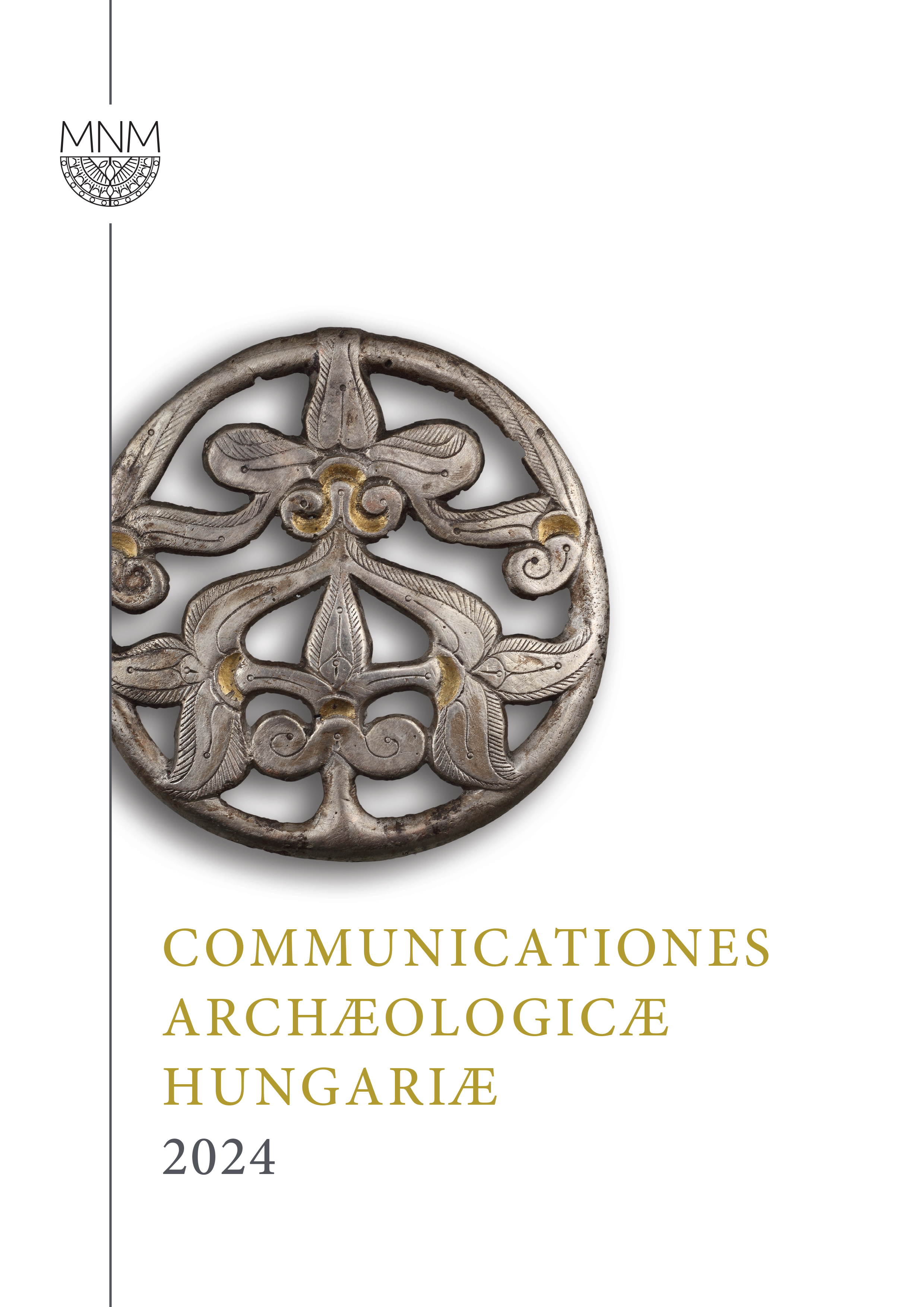The southernmost exceptional archaeological discovery from the Hungarian Conquest period: The significance of several finds from the Bačka region (Serbia)
Published 2024-12-19
Keywords
- finger-ring,
- carnelian gem,
- belt mounts,
- Hungarian Conquest Period,
- Carpathian Basin
- Vojvodina,
- Eastern Europe ...More
How to Cite
Abstract
The article provides a detailed analysis of the finds from a destroyed Hungarian Conquest Period warrior grave at the site of Mašić Salaš (Stanišić), in the Municipality of Sombor: a gold finger-ring, four gilded belt mounts, and a gold hair ring. The finger-ring, with a massive bezel set with a carnelian gem bearing the simplified representation of a lion, most probably of Sasanian origin, ranks among the most luxurious objects of its kind in the Carpathian Basin and Eastern Europe. Closely related examples of the fragmented belt set have been identified in Russia and Kazakhstan. The grave is associated with a reputable member of the elite who belonged to the first generation of Hungarians conquering the area of today’s northern Bačka in the first decades of the 10th century.


